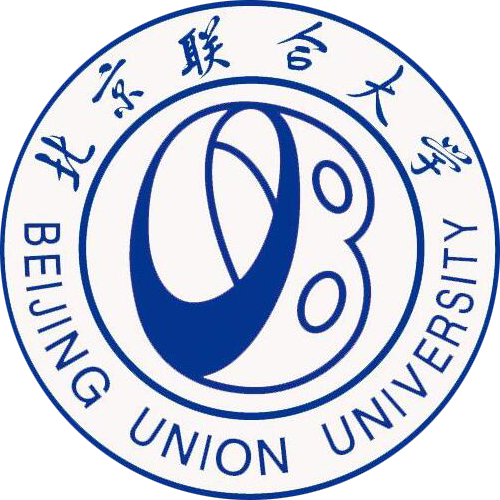详细信息
How tie strength and face consciousness moderate the impact of social media on impulsive travel intentions: a social-technical perspective
文献类型:期刊文献
英文题名:How tie strength and face consciousness moderate the impact of social media on impulsive travel intentions: a social-technical perspective
作者:Li, Lin[1];Leung, Xi Yu[2];Yang, Liyu[3]
第一作者:李林
通讯作者:Leung, XY[1]
机构:[1]Beijing Union Univ, Tourism Coll, Beijing, Peoples R China;[2]Univ North Texas, Dept Hospitality Event & Tourism Management, Denton, TX 76205 USA;[3]Univ North Texas, Dept Hospitality Event & Tourism Management, Dept Informat Sci, Denton, TX USA
第一机构:北京联合大学旅游学院
通讯机构:[1]corresponding author), Univ North Texas, Dept Hospitality Event & Tourism Management, Denton, TX 76205 USA.
年份:2024
外文期刊名:JOURNAL OF HOSPITALITY AND TOURISM TECHNOLOGY
收录:;Scopus(收录号:2-s2.0-105001085515);WOS:【SSCI(收录号:WOS:001336340700001)】;
基金:This research is supported by the General Project of Beijing Social Science Foundation (23GLB020): "Research on the Spatial Differentiation of Rural Intangible Cultural Heritage and its Deep Integration with Tourism Development in Beijing-Tianjin-Hebei".
语种:英文
外文关键词:Social media; Impulse travel intention; Social-technical theory; Weak tie theory; Tie strength; Face consciousness
摘要:Purpose - The surge of social media as a pivotal platform for individuals to access travel-related information has become increasingly significant. Drawing upon social-technical theory and weak tie theory, this study aims to delve into the antecedents and moderating variables shaping impulsive travel intentions within social media.Design/methodology/approach - Data were collected from 696 Chinese social media users and travelers and analyzed using partial least squares structural equation modeling (PLS-SEM).Findings - The findings indicate that information quality and social network interaction significantly influence spatial presence, thereby increasing users' impulsive travel intentions. The moderating roles of tie strength and face consciousness are confirmed. For travelers with strong ties, their spatial presence is impacted more by social network interaction. Conversely, for individuals with weak ties, spatial presence is more influenced by information quality. In addition, travelers with heightened face consciousness exhibit a diminished susceptibility to the influence of spatial presence on their travel intentions compared to those with lower face consciousness.Originality/value - The study endeavors to extend the application of the social-technical theory in the domain of tourism social media marketing by examining the interplay of technological and social attributes on impulsive travel intention. It integrates weak tie theory into the socio-technical perspective, emphasizing the importance of weak ties in the social media environment and their influence on travel behavior. In addition, this study introduces face consciousness to the mechanism, seeking to broaden the research scope and capture the nuances of specific cultural contexts. The insights contribute valuable knowledge for destinations and tourism companies to optimize social media marketing.
参考文献:
![]() 正在载入数据...
正在载入数据...


